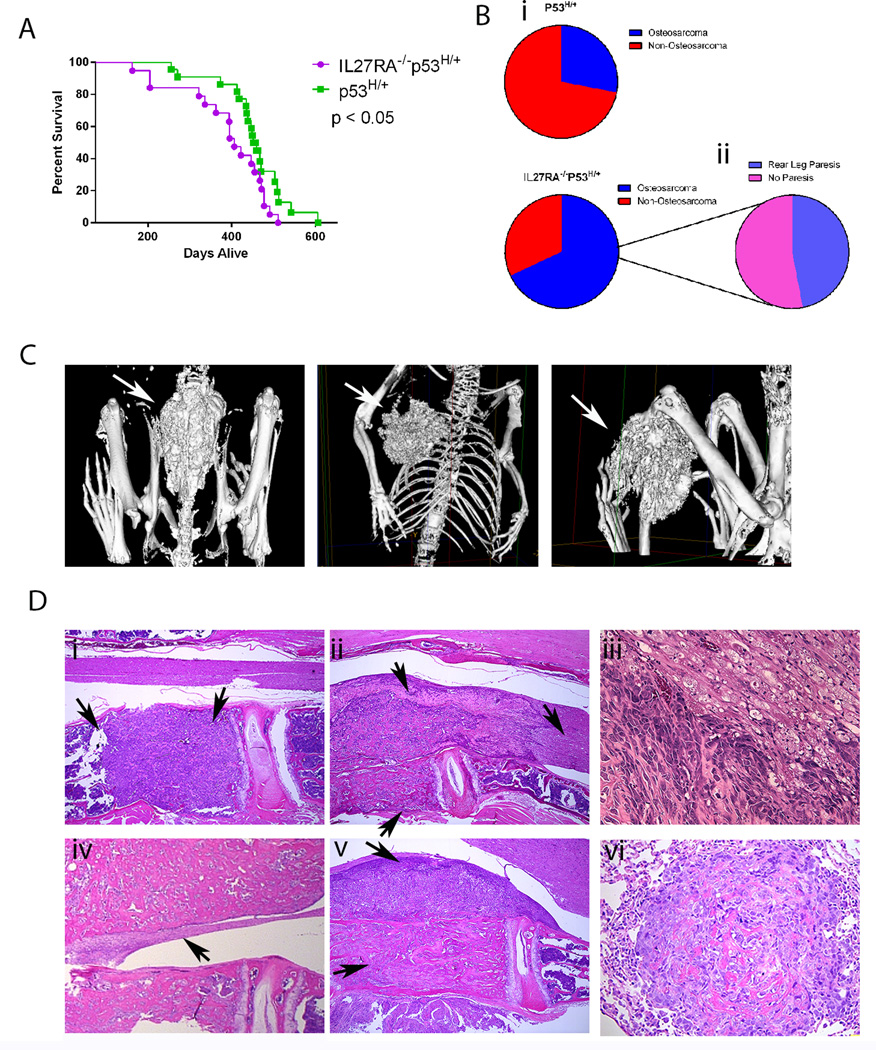Figure 2. Increased tumorigenesis and doubling of osteosarcoma incidence in heterozygous p53H/+ mice lacking IL27RA signaling when compared to p53H/+ mice.
(A) Kaplan-Meier survival curve of IL27RA−/− p53H/+ (N=18) compared with p53H/+ (N=22) mice. P< 0.05. (B) Difference in osteosarcoma incidence between IL27RA−/− p53H/+ and p53H/+ mice (i) and percentage of mice with osteosarcoma that develop rear leg paresis (ii). (C) micro-CT images portraying osteosarcomas in different anatomical positions. (D) Representative HE photomicrographs of multicentric osteosarcomas developing throughout different vertebral bodies through the spine (i) osteosarcoma from vertebral body infiltrated the spinal cord (ii), osteosarcoma causing Wallerian degeneration (iii), compressive myelopathy (iv), osteosarcoma from vertebral body expended into spinal canal and infiltrated subjacent muscle (v), and HE photomicrographs from metastatic lesions of osteosarcomas in the lungs (vi).

